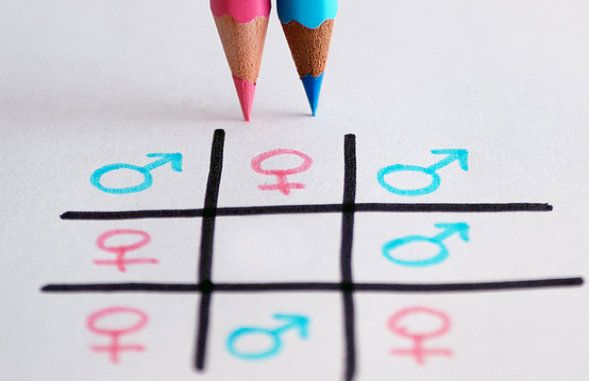The wage gap myth has been exposed—by feminists
That is the headline on Christina Hoff Sommers’ Huffington Post analysis of the American Association of University Women’s newly-released study on the so-called wage gap.
The promotional material that accompanied the AAUW's release of the study claimed that women a year out of college make 82 cents to the dollar earned by a male counterpart. But, if you actually read the study, Hoff Sommers says, the numbers tell a different story:
If you believe women suffer systemic wage discrimination, read the new American Association of University Women (AAUW) study Graduating to a Pay Gap. Bypass the verbal sleights of hand and take a hard look at the numbers. Women are close to achieving the goal of equal pay for equal work. They may be there already.
How many times have you heard that, for the same work, women receive 77 cents for every dollar a man earns? This alleged unfairness is the basis for the annual Equal Pay Day observed each year about mid-April to symbolize how far into the current year women have to work to catch up with men's earnings from the previous year. If the AAUW is right, Equal Pay Day will now have to be moved back to early January.
The AAUW has now joined ranks with serious economists who find that when you control for relevant differences between men and women (occupations, college majors, length of time in workplace) the wage gap narrows to the point of vanishing. The 23-cent gap is simply the average difference between the earnings of men and women employed "full time." What is important is the "adjusted" wage gap-the figure that controls for all the relevant variables. That is what the new AAUW study explores.
The AAUW researchers looked at male and female college graduates one year after graduation. After controlling for several relevant factors (though some were left out, as we shall see), they found that the wage gap narrowed to only 6.6 cents. How much of that is attributable to discrimination? As AAUW spokesperson Lisa Maatz candidly said in an NPR interview, "We are still trying to figure that out."
Reporters who covered the release of the study seem to have read nothing beyond the promotional material.


